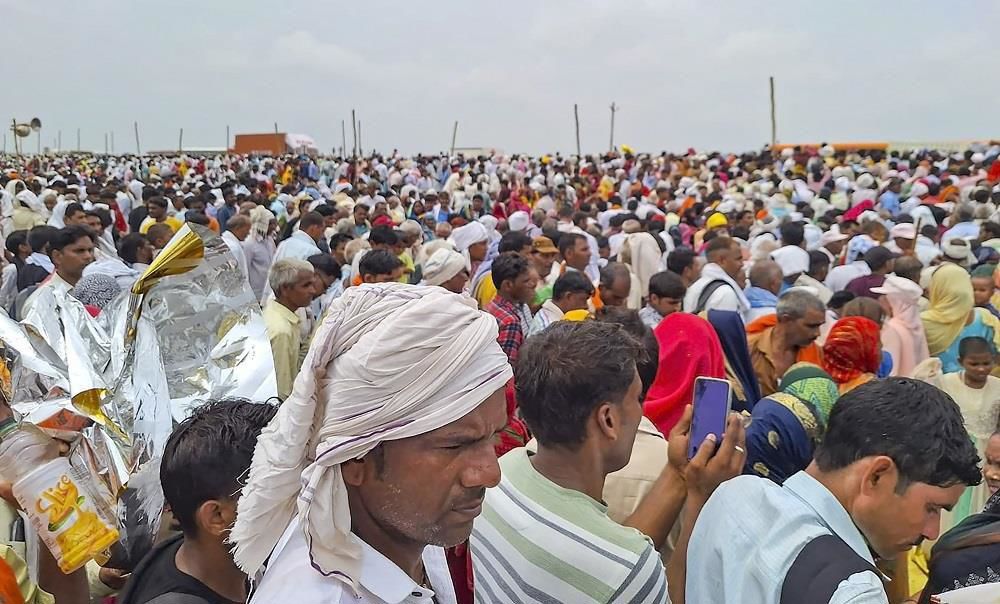IT was a disaster waiting to happen, with around 2.5 lakh people crammed into a venue in which only 80,000 were permitted by the authorities. The death toll in the stampede that broke out during a ‘satsang’ in Hathras (Uttar Pradesh) has crossed 120; the victims were part of the crowd which had gathered to hear a preacher. According to the FIR, the organisers secured permission for the congregation on the basis of a false undertaking about the actual number of devotees who were expected to attend it; they are also accused of refusing to cooperate with the police in traffic control and concealing evidence after the incident.
It is ironical and unfortunate that in a country where people throng one religious place or the other on a daily basis, crowd management often leaves a lot to be desired. A decade ago, the National Disaster Management Authority (NDMA) had brought out a guide on managing crowds at events and venues of mass gathering. This document was aimed at spurring state governments, local authorities and organisers to adopt an integrated and structured approach to crowd and disaster management. The NDMA had stated that man-made tragedies such as stampedes could be prevented with ‘proactive planning and flawless execution by dedicated groups with well-trained personnel’. However, all this was conspicuous by its absence at the Hathras event.
Giving misleading estimates about the size of the audience or congregation is a common ploy to get the administration’s nod. At times, palms are greased to get the job done. However, the organisers cannot be solely blamed when things go horribly wrong. The authorities should exercise due diligence in granting permission; spot inspections are a must to ascertain whether adequate safety arrangements have been made for even the worst-case scenario. The way forward is to take exemplary action against those whose rank negligence or greed puts lives on the line.









